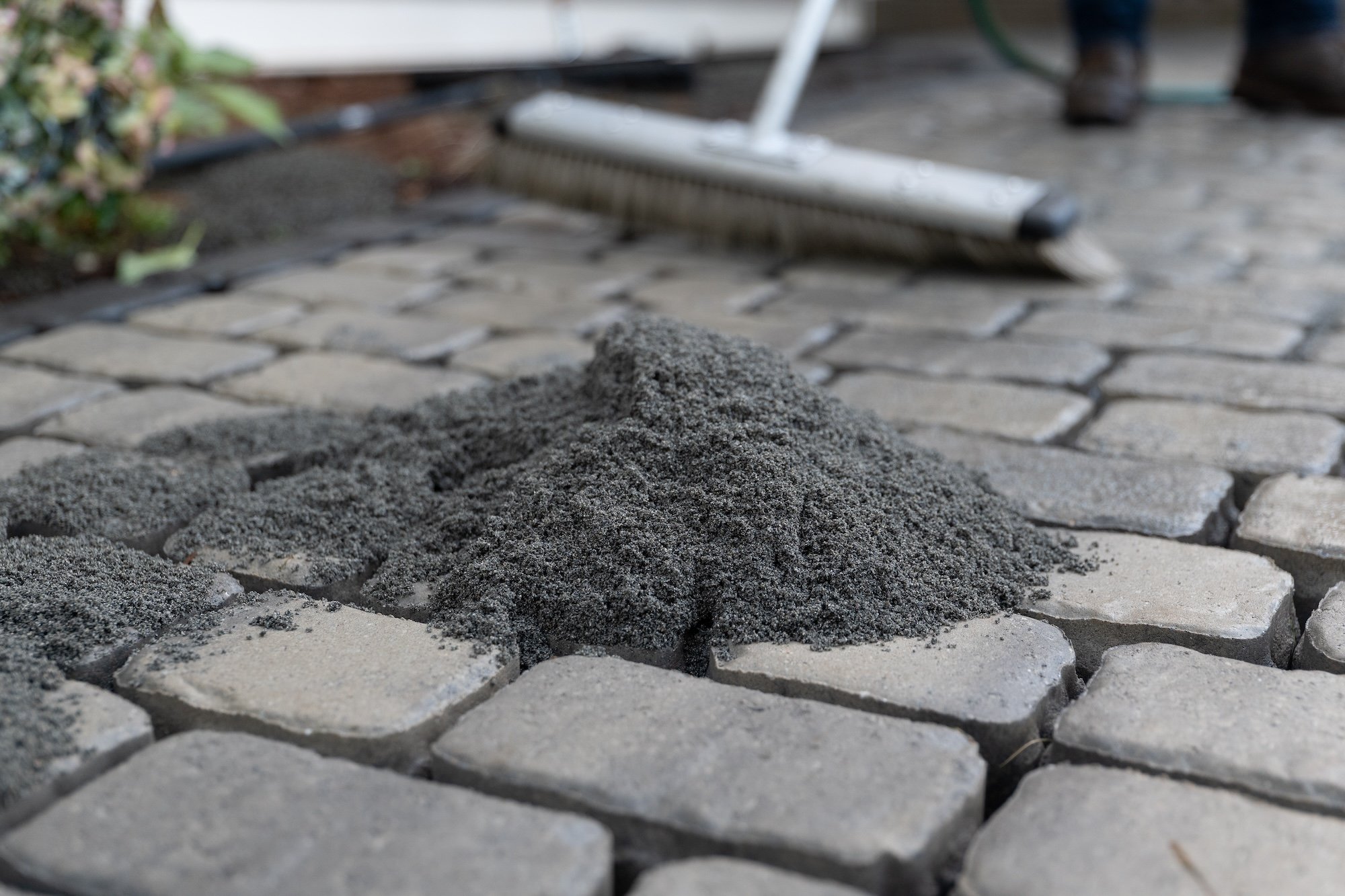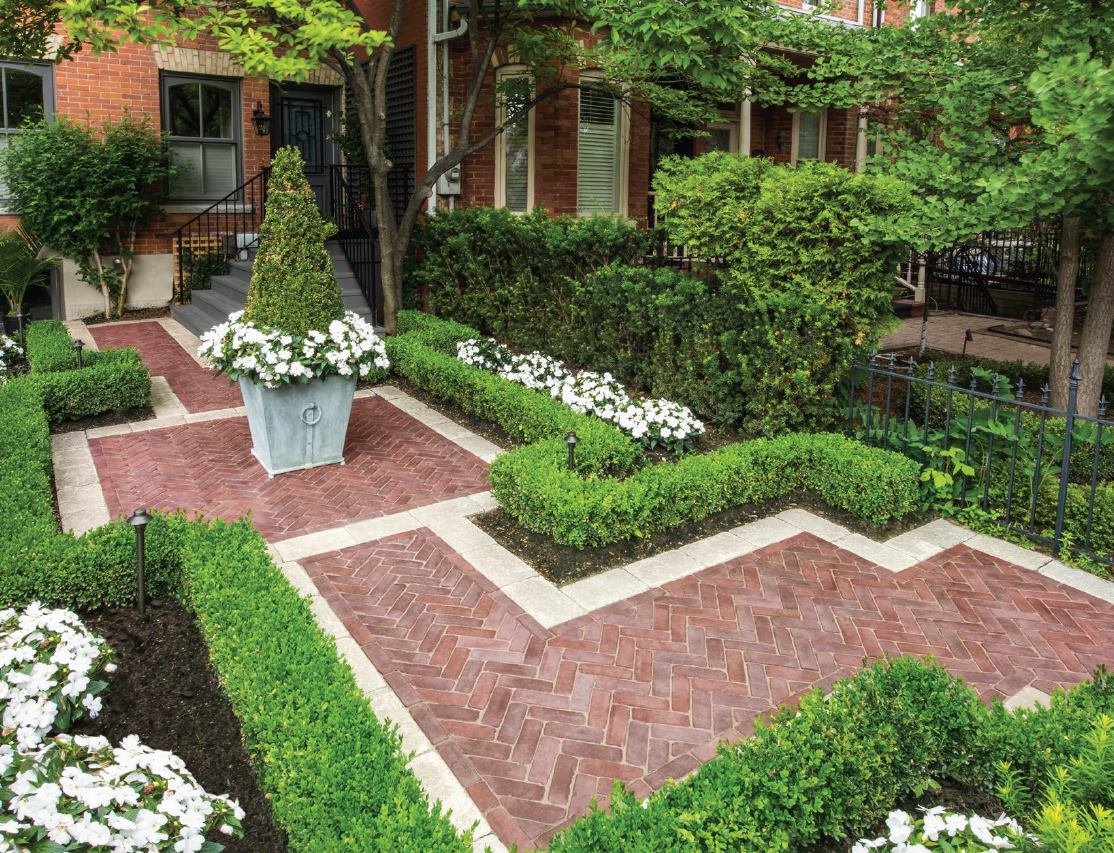
RESIN-BASED JOINT SAND
ON-DEMAND TRAINING
Our current offering of online training videos, designed to be taken on your own time
WATCH: Polymeric Sand vs. Gator Nitro
GUIDES
DOWNLOADABLE PDF CONTENT FOR YOU TO SAVE AND ACCESS ANYTIME
DOWNLOAD: Polymeric Sand vs. Gator Nitro: A Handy Guide For Hardscapers
QUIZZES
PUT YOUR TRAINING TO THE TEST BY TAKING A PRODUCT KNOWLEDGE QUIZ
QUIZ: Nitro-X
QUIZ: Gator Nitro
BLOG
CHECK OUT OUR CURATED POSTS ON RESIN-BASED JOINT SAND AT THE BOTTOM OF THIS PAGE
Installing Nitro-X is a straightforward process. In this blog post, we’ll explain how to assess your project ahead of time and then walk you through the four installation steps.
Nitro-X, like its counterpart Gator Nitro, is ideal to use if you’re looking to achieve top-to-bottom strength within a paver, stone or tile joint. Both products can be installed rain or shine and also offer the added benefit of permeability (although the regular Gator Nitro is more permeable than Nitro-X). If you’ve decided Nitro-X is a good fit for your project, you’ve come to the right place. In this post, we’ll outline the three things you must do before getting the installation started.
Nitro-X was launched three years after the original Gator Nitro to meet the market’s demand for a strong joint material that hardens from top-to-bottom yet can also be worked into more narrow spaces. In this article, we’ll outline the six main differences between Nitro-X and the O.G. Gator Nitro.
ASTM C144 / C33 sand. Aqua Rock. Joint stabilizing sealers. Polymeric sand. Gator Nitro. Ok, let’s face it … there are a lot of joint material options out there and each one offers a unique set of potential benefits for a hardscape project. In this post, we’re going to outline the factors you should consider when trying to decide which product to use on a job.
Hybrid installations have quickly gained popularity. While they offer numerous benefits, they don’t fit every job. In this post, we’ll outline the pros and cons of this installation method to shine some light on the best scenarios for using it.
Gator Nitro is an air-cured resin-based jointing material that can offer a number of benefits to a hardscape installation: it provides top-to-bottom strength within the paver joint, it can be installed rain or shine, and it’s permeable when installed. In this post, we’re going to highlight 10 important things you should know prior to installing Gator Nitro on your project.
Gator Nitro is not meant to replace polymeric sand. It offers a unique set of benefits, however, that might make it a more suitable choice for particular projects. In this post, we’re going to answer the most commonly asked questions we receive from contractors about this product.
We learn from our mistakes. However, a mistake on a Gator Nitro job can be quite a headache to fix. In this article, we’re going to share the keys to success when working with Nitro and explain the top 3 things that will cause a job to fail.
Gator Nitro is very different from polymeric sand. In this article, we’ll discuss the primary differences between these two joint materials to help you determine which one will be the better choice for your unique application.
Gator Base is a foam base product that has been engineered and designed to expedite pedestrian paver installations. The panels are lightweight and incredibly easy to move around and work with. In this blog post, we’re going to outline, step-by-step, what a typical Gator Base installation involves.









